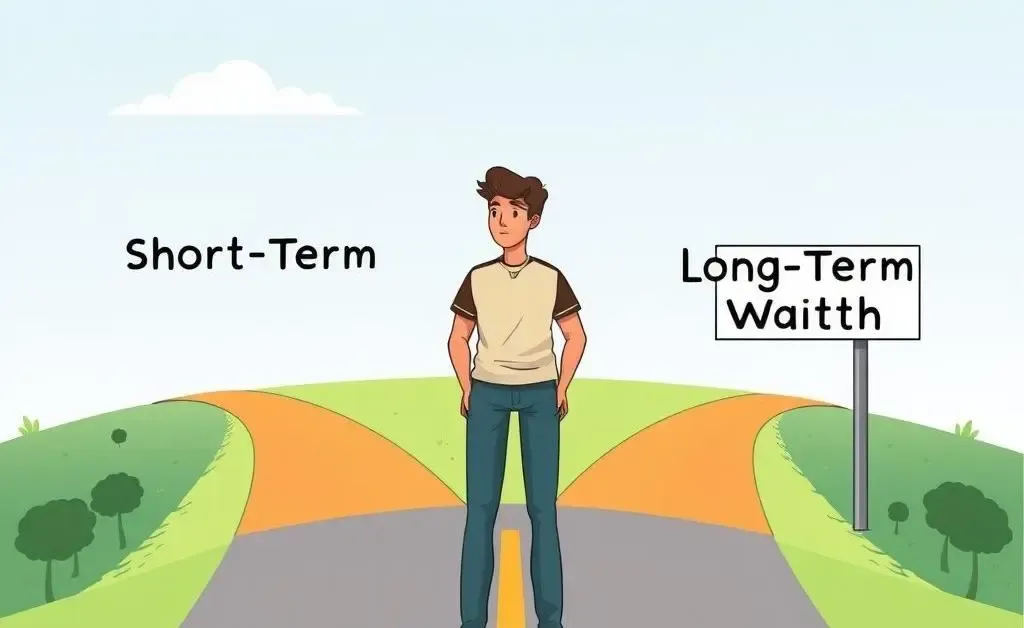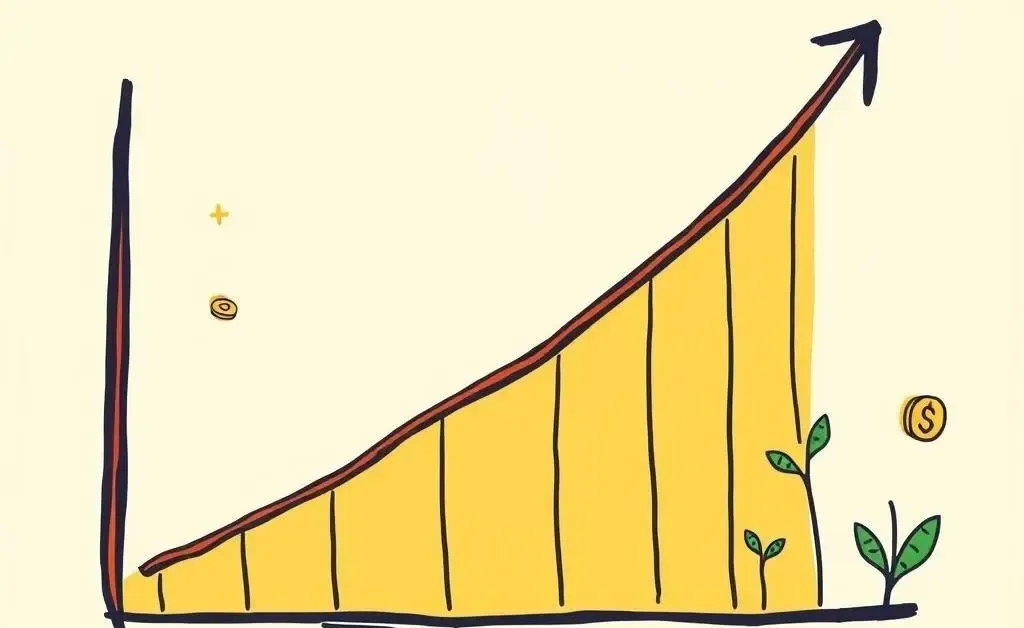A Beginner's Guide to Smart Investing: Simple Strategies for Financial Success
Discover smart investing strategies beginners can use to secure financial success.

Let's face it, the world of investing can seem pretty daunting when you're getting started. With so much advice flying around, it can feel like standing in the middle of a busy marketplace, unsure of which direction to go. But trust me, investing doesn't have to be intimidating, and you don't need a PhD in finance to start building your financial future.
Why Focus on Long-Term Growth?
Many new investors make the mistake of hunting for quick wins—the adrenaline of hitting the jackpot can be alluring! However, seasoned investors understand that the real magic lies in long-term growth. By allowing your investments to compound over time, you're more likely to secure stable and sustainable financial success. To do this, it's crucial to avoid the temptation of short-term market fluctuations.

Embrace the Power of Diversification
Diversification isn't just a fancy term that financial gurus like to throw around—it's a proven strategy that helps mitigate risk. Think of your investment portfolio like a potluck dinner. If each attendee brings a different dish, you end up with a feast. Similarly, by investing in various asset types—such as stocks, bonds, and real estate—you create a balanced and resilient portfolio less susceptible to market volatility.

Understanding the Basics: Stocks, Bonds, and More
Grasping the core elements of investing is vital to making informed decisions. Generally, stocks are shares of companies and offer the potential for high returns, but with higher risk. Bonds are loans you give to the government or corporations, with lower returns but also lower risk. Consider sprinkling in some real estate and perhaps even some commodities for variety.
Start Small, Think Big
If you're feeling overwhelmed, remember that you don't need to invest a large sum to get started. Even small amounts can grow significantly over time. What's most important is to start investing regularly and increase your contributions as you become more comfortable and knowledgeable.

Staying the Course
No investment talk is complete without discussing the discipline of staying the course. Emotional investing based on fear or euphoria can derail even the best-laid strategies. By maintaining a steady hand and making decisions based on logic rather than emotion, you'll benefit from the bumps and dips that come with the market.
Ultimately, the key is to keep learning and adjusting your strategies as you go. Don't be afraid to seek advice—whether from books, financial advisors, or knowledgeable friends. Your journey to financial success is just that—a journey, not a sprint. So lace up those shoes and enjoy the path ahead!
What are your next steps on this investing journey? Are there specific topics you'd like to learn more about? Let me know in the comments below.




